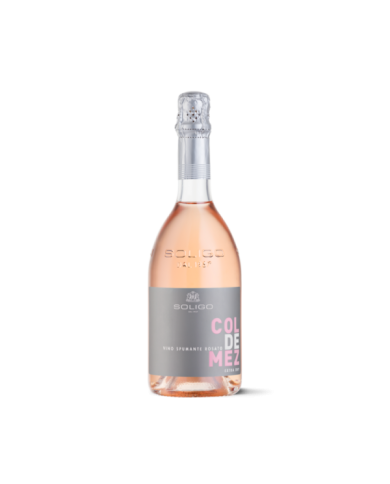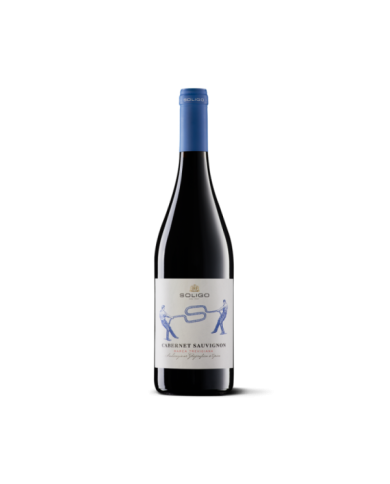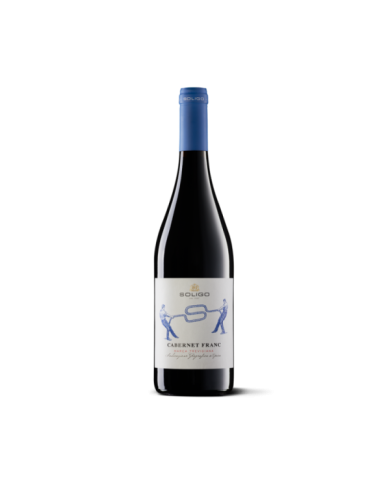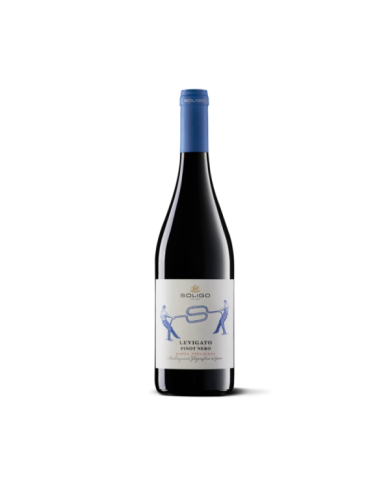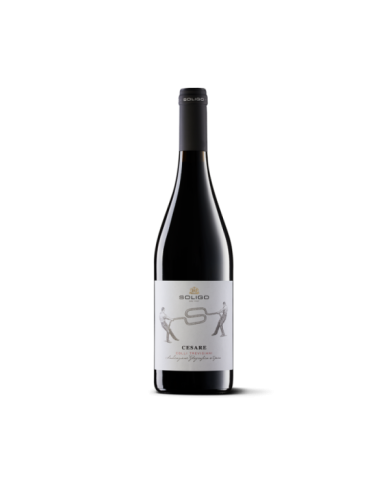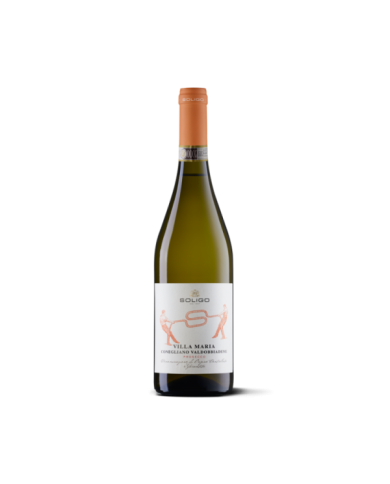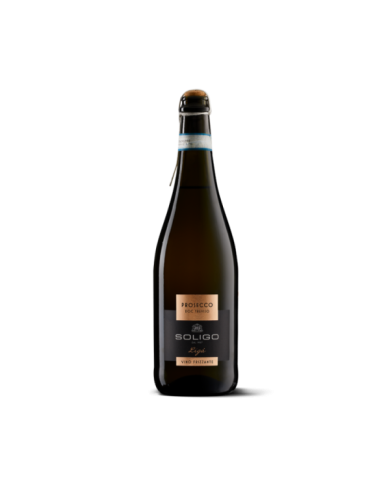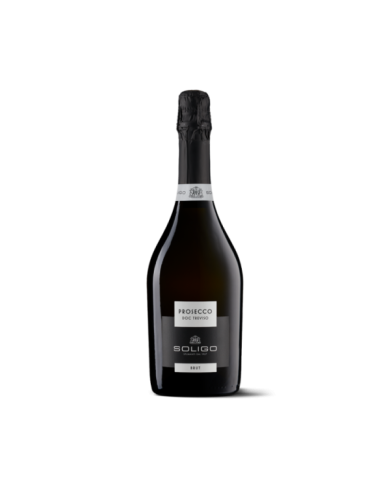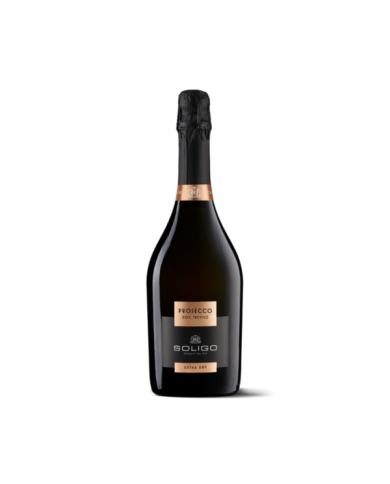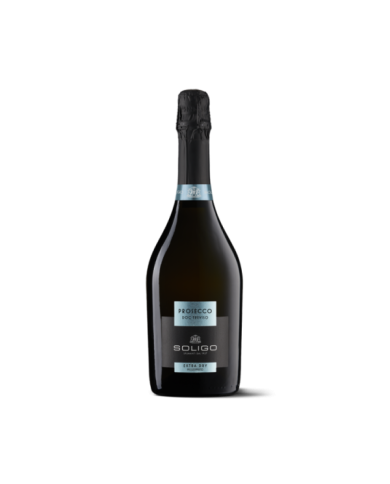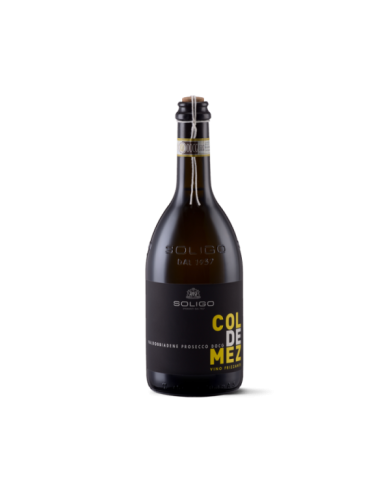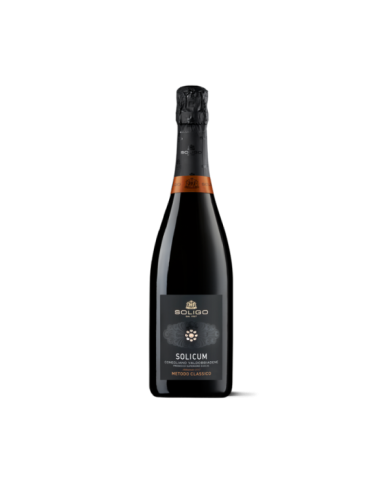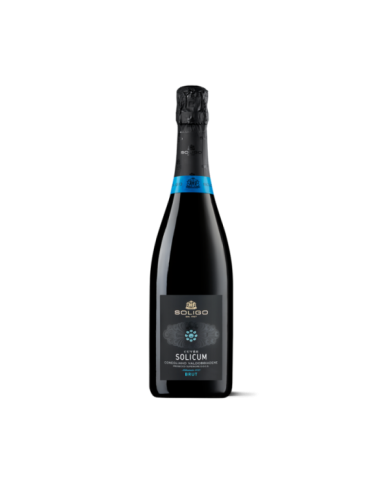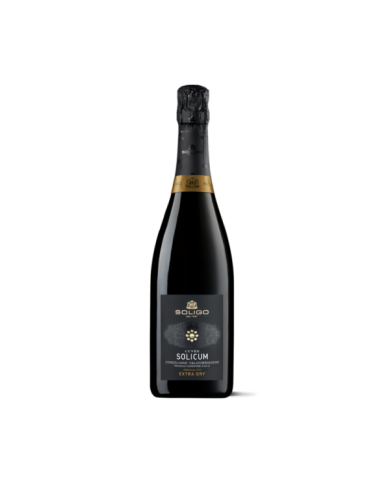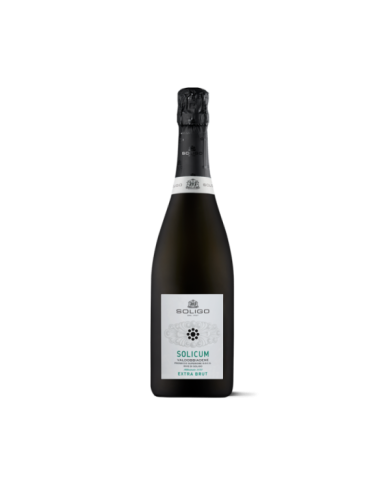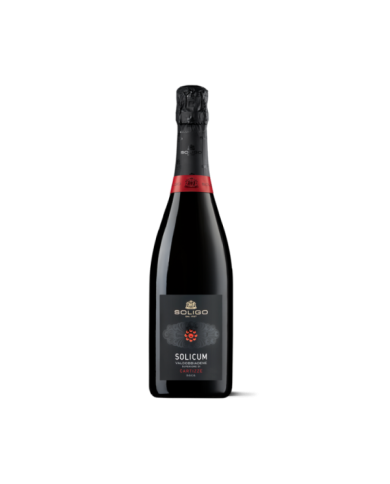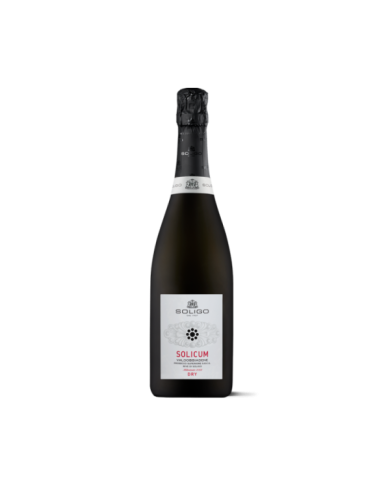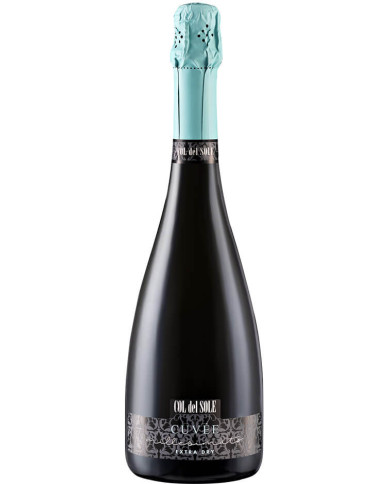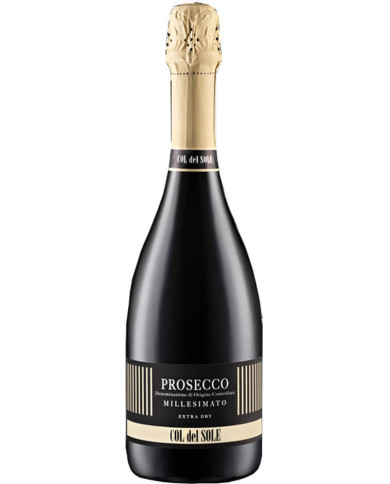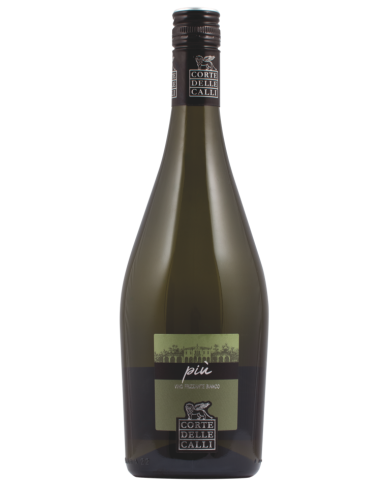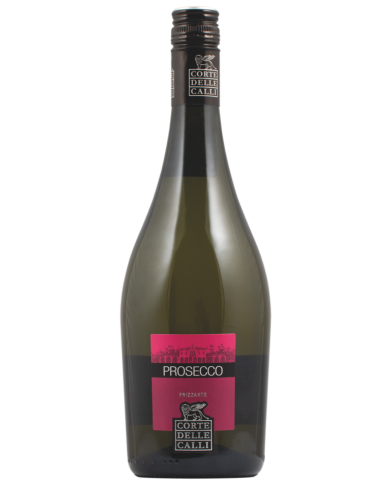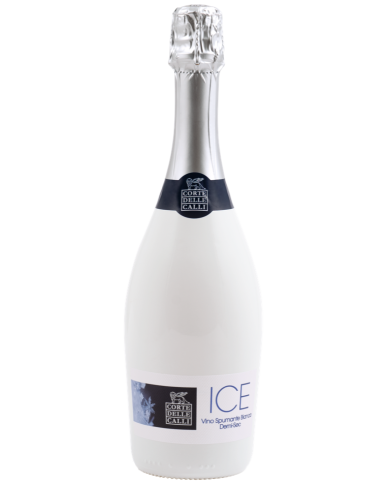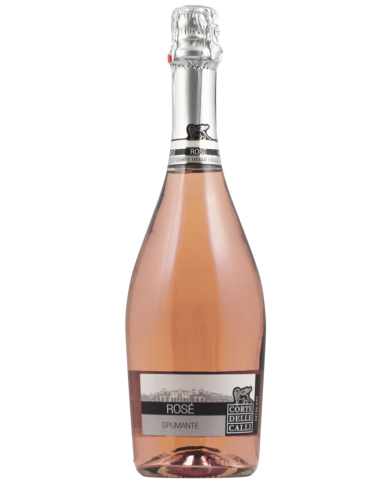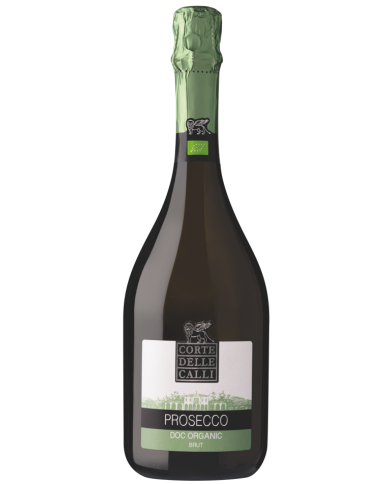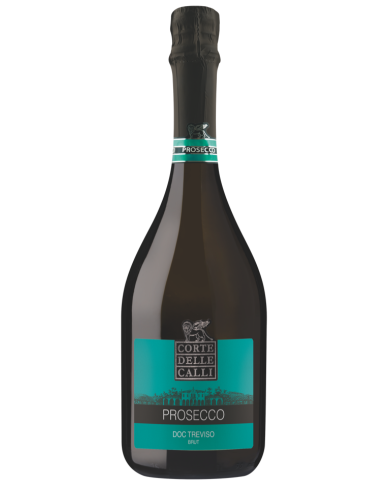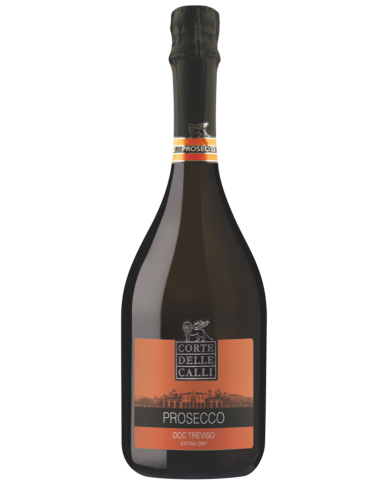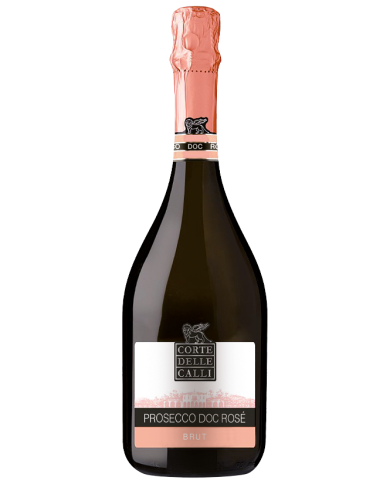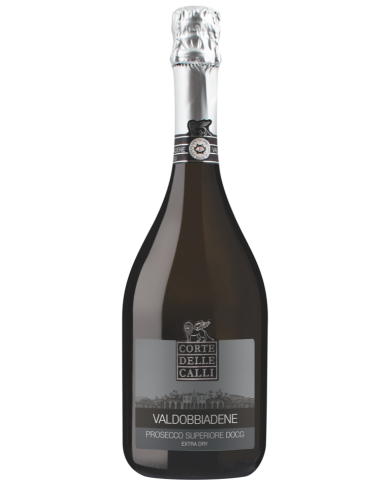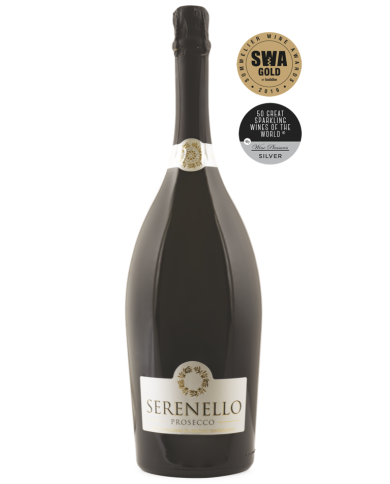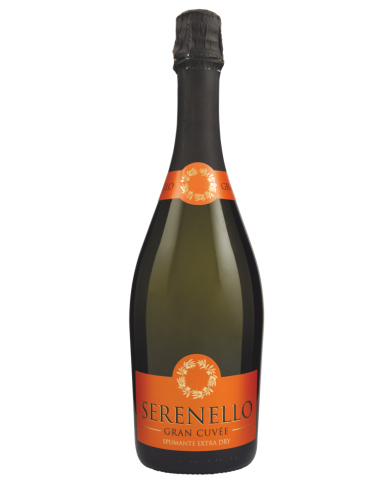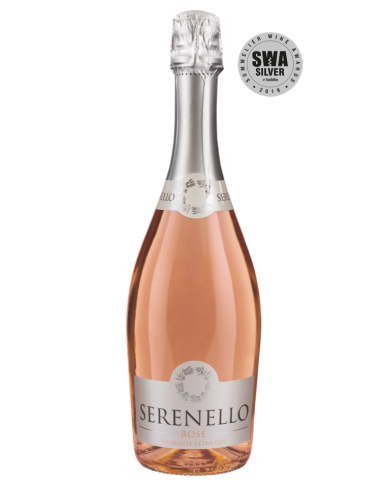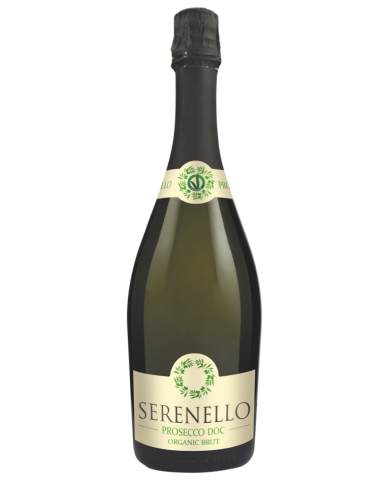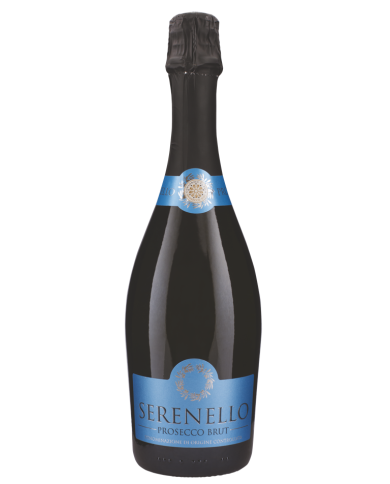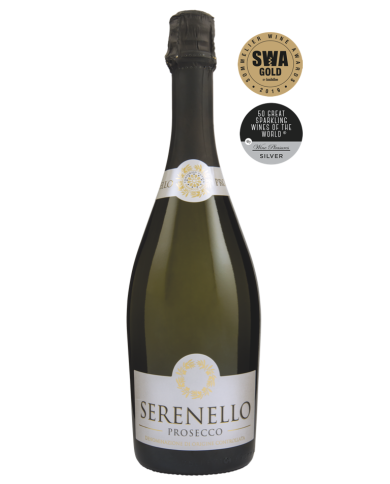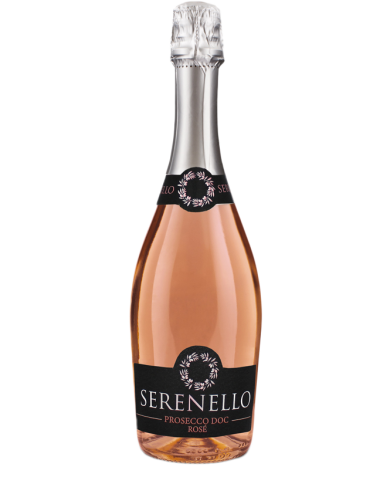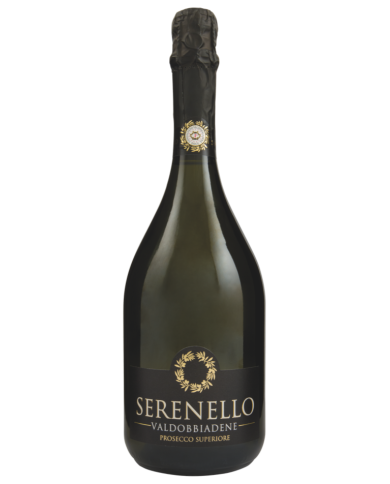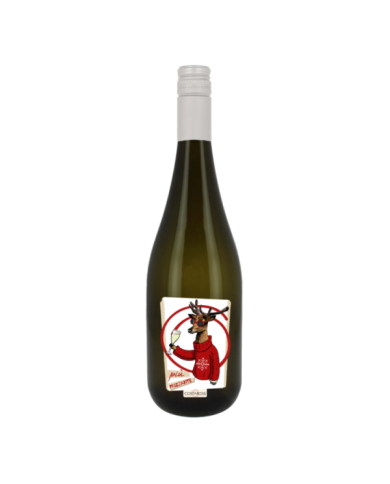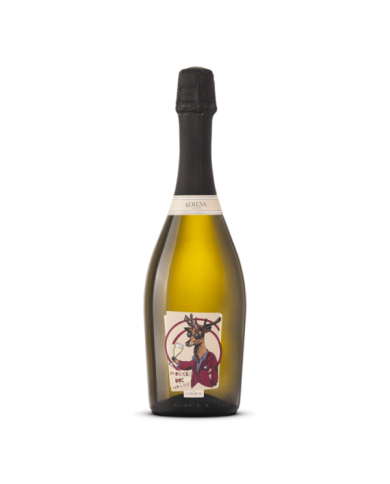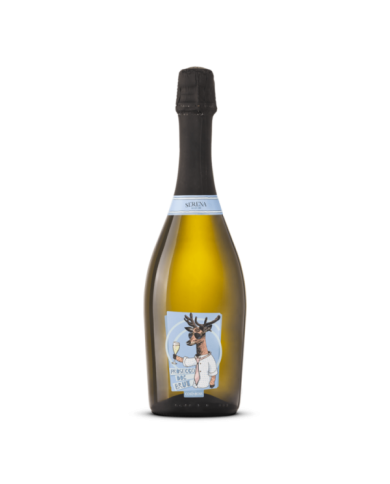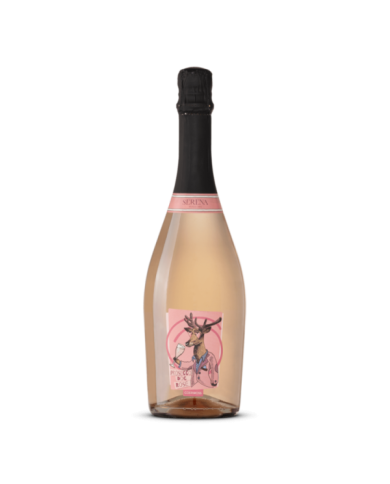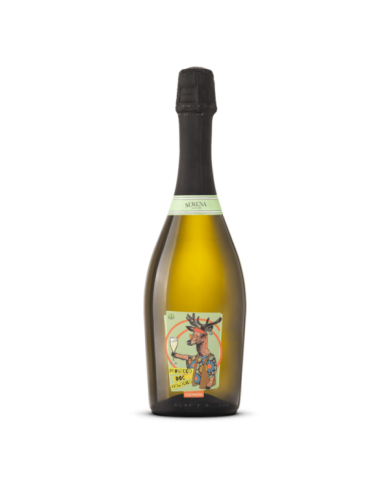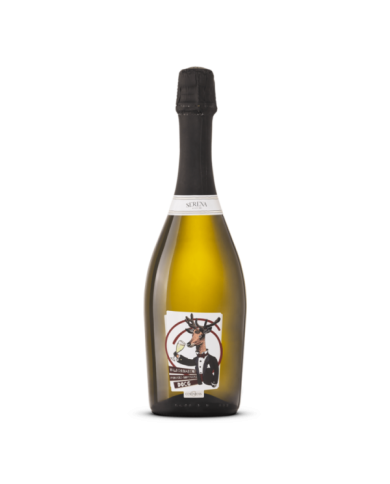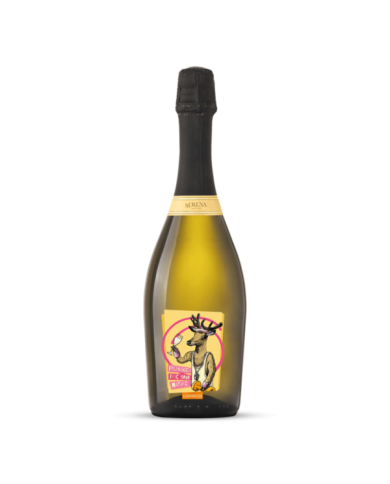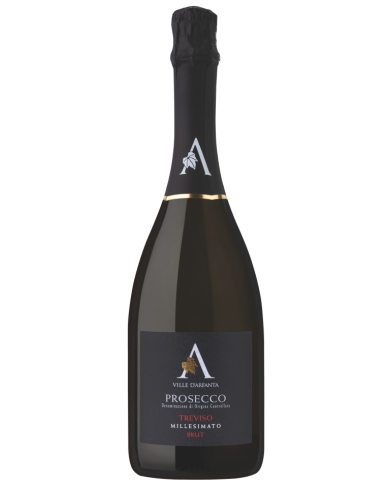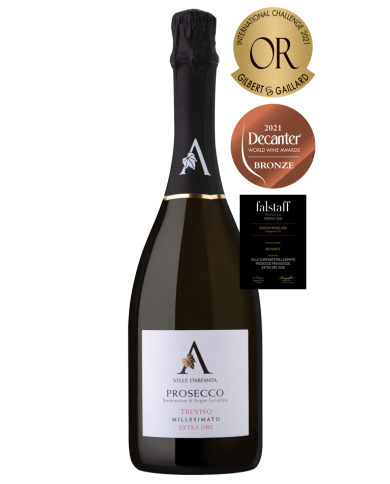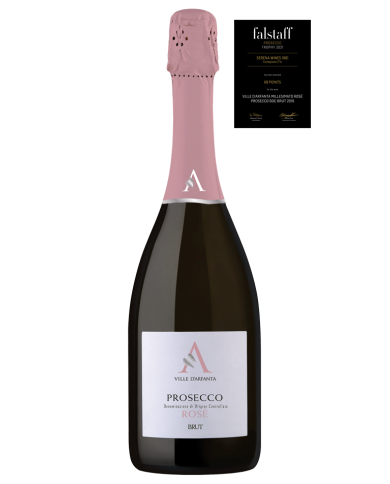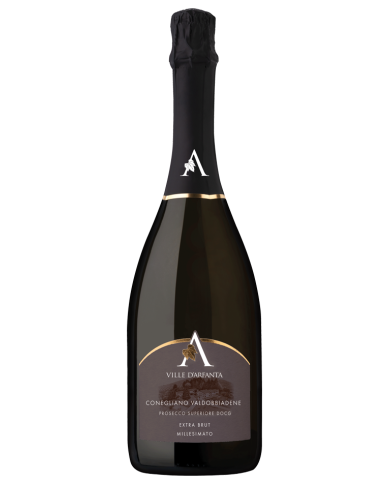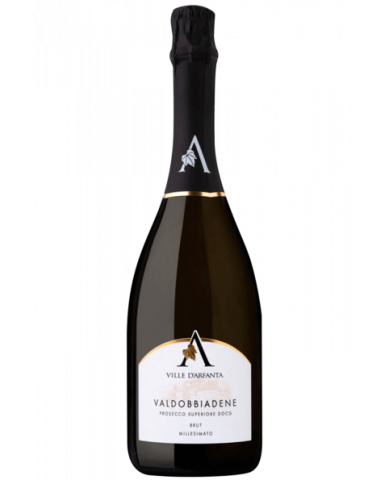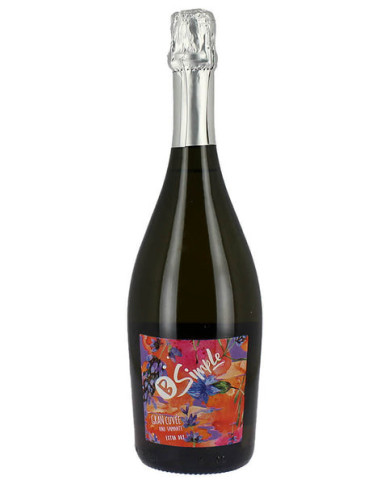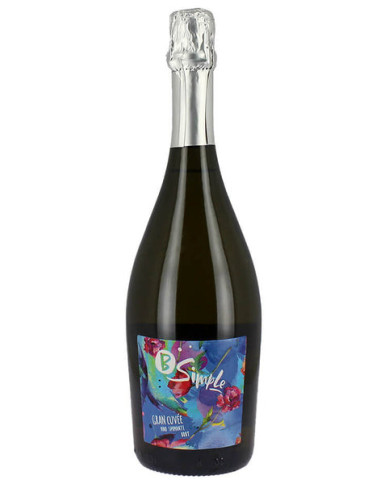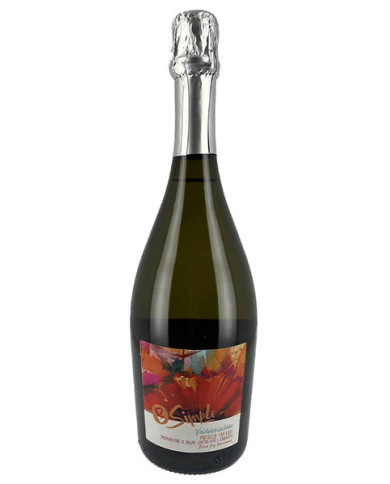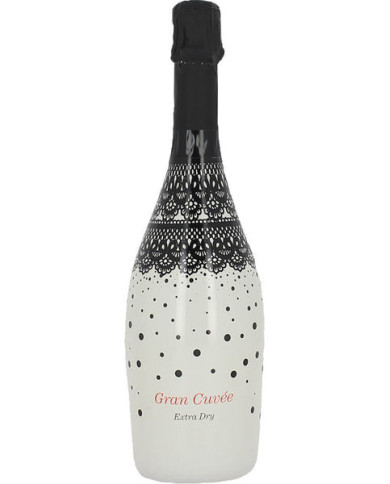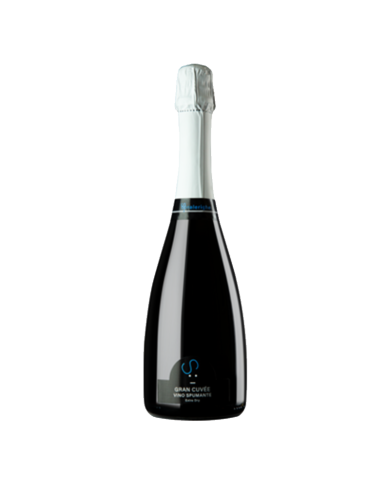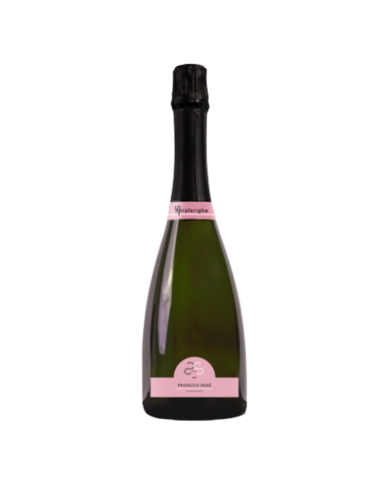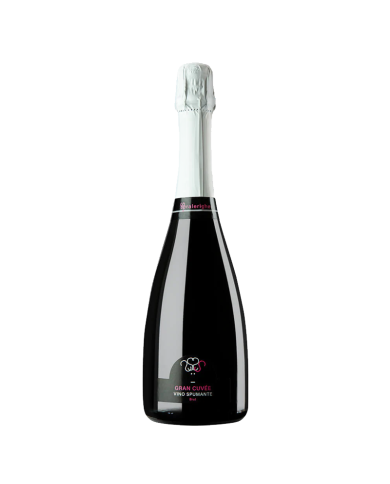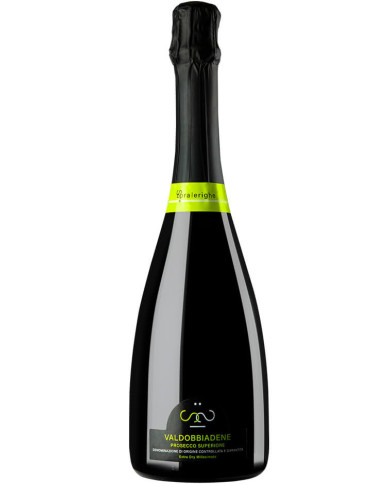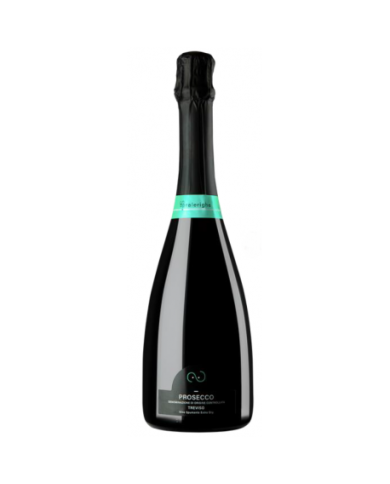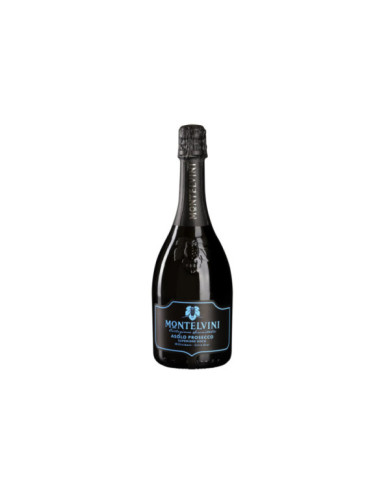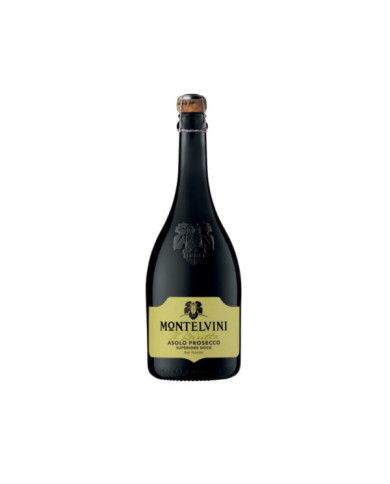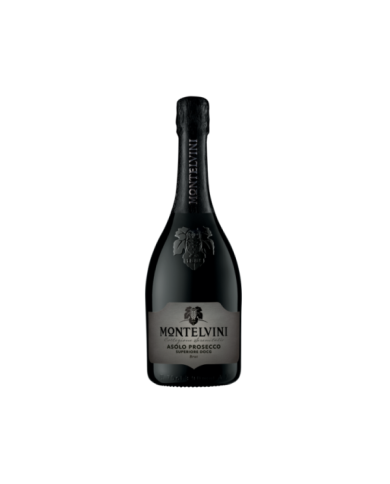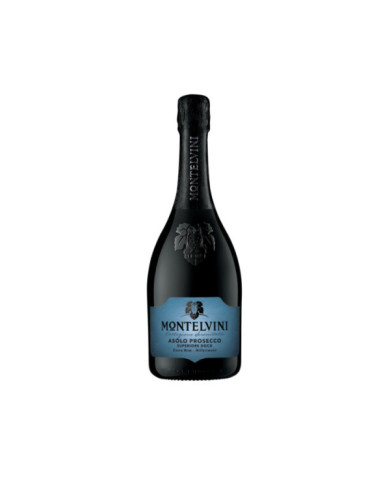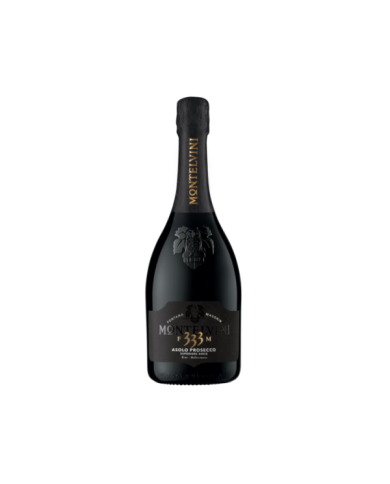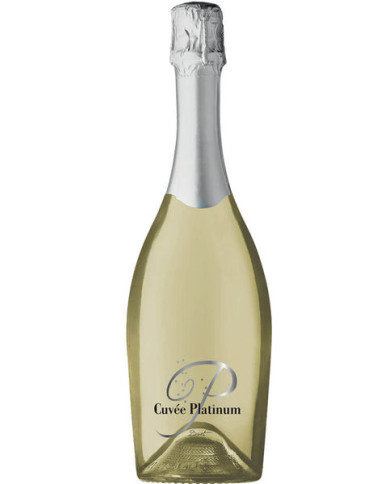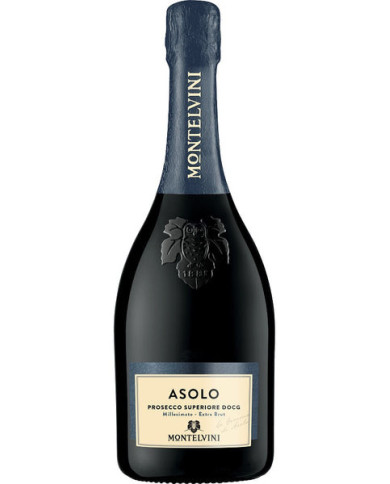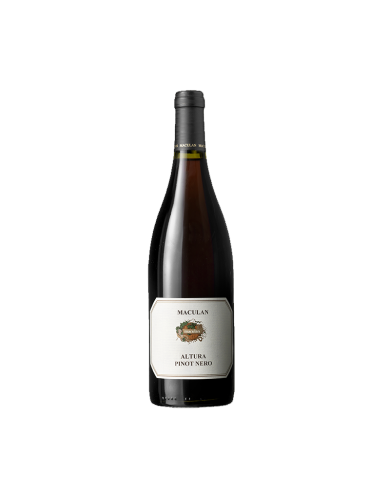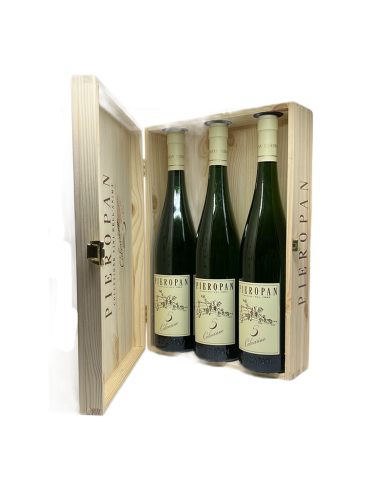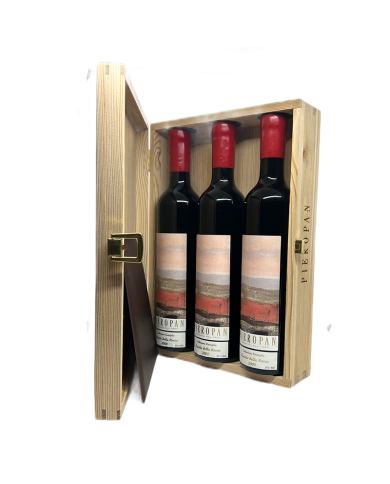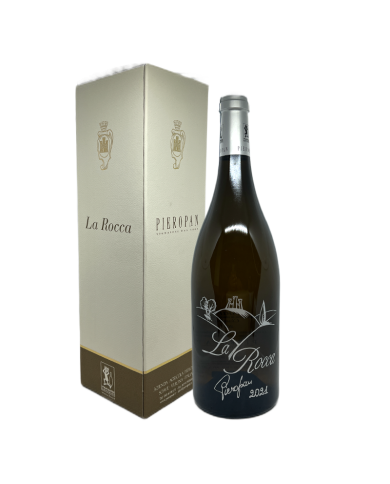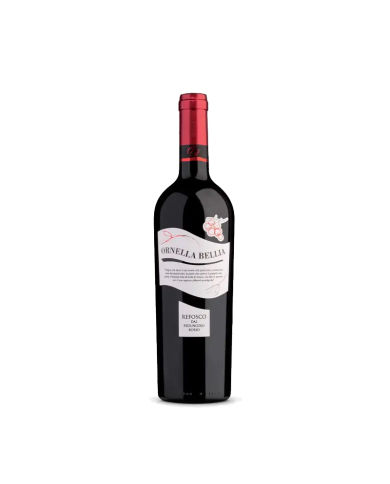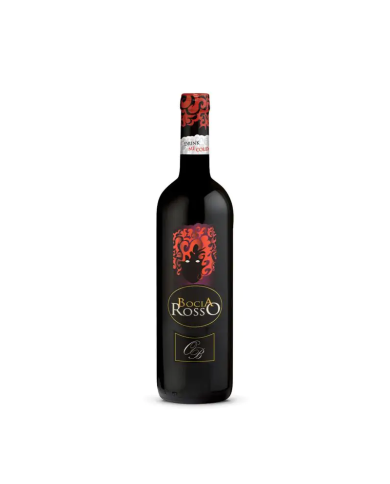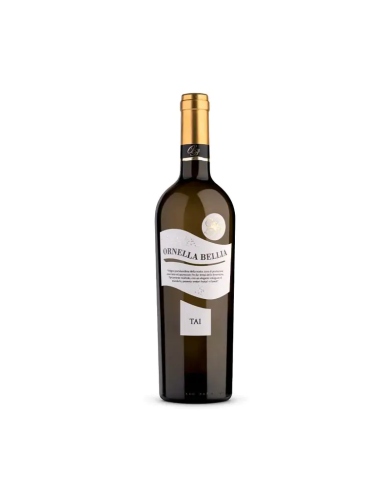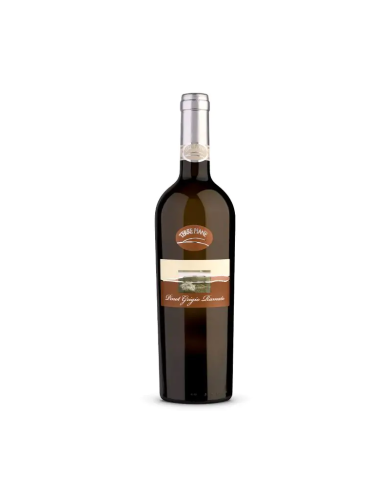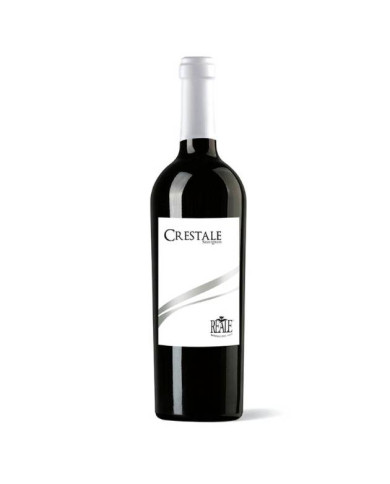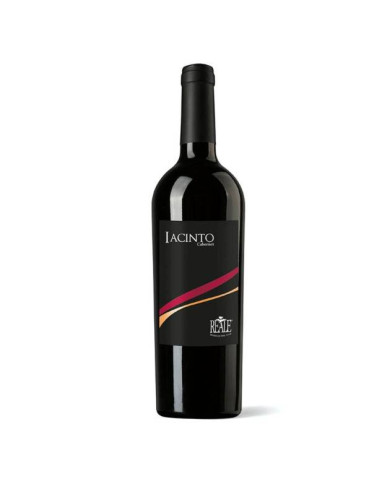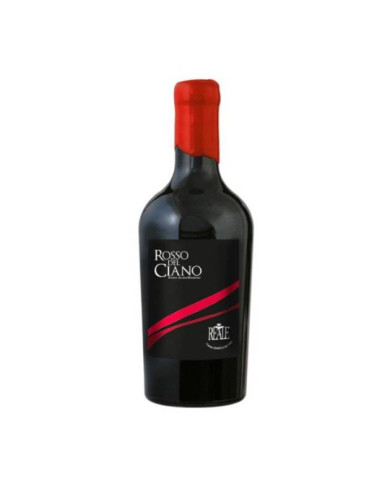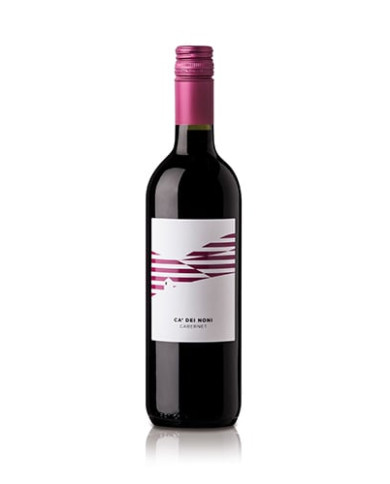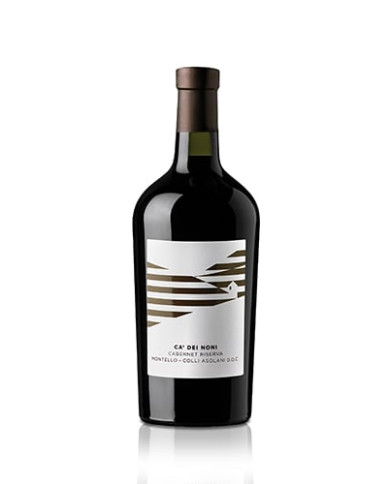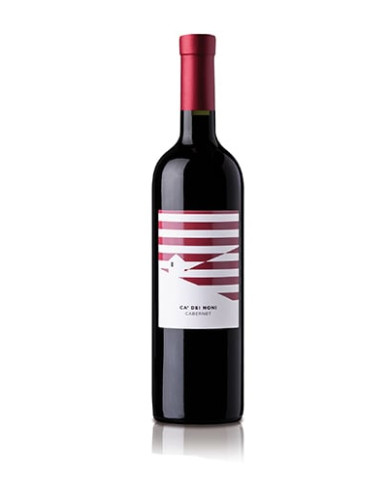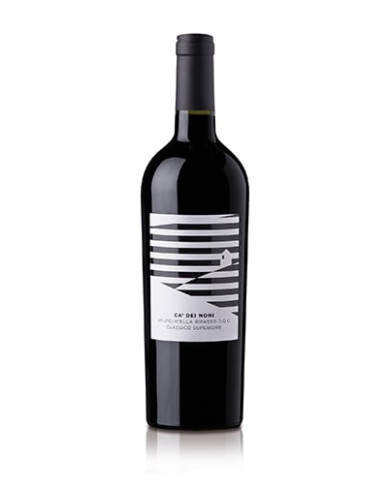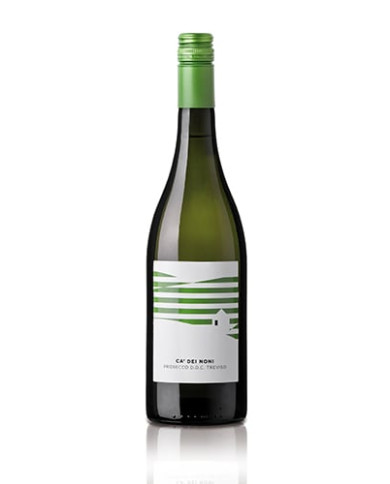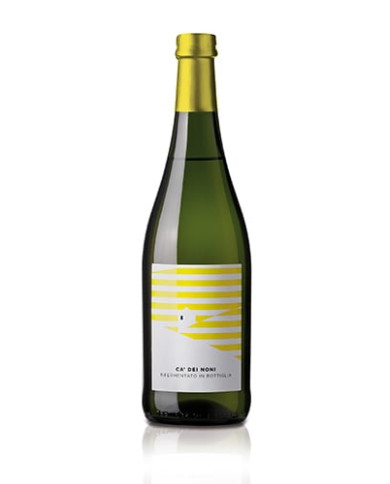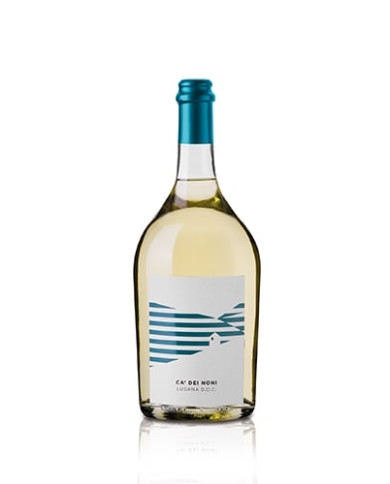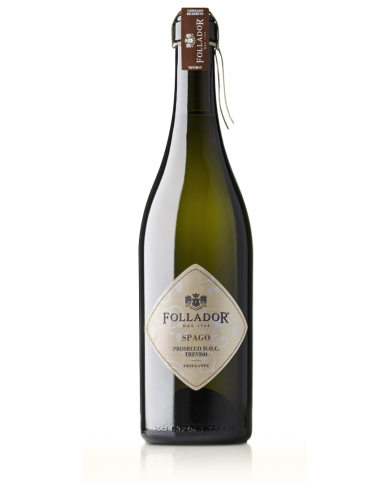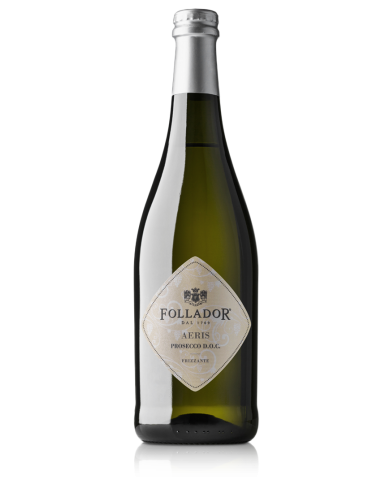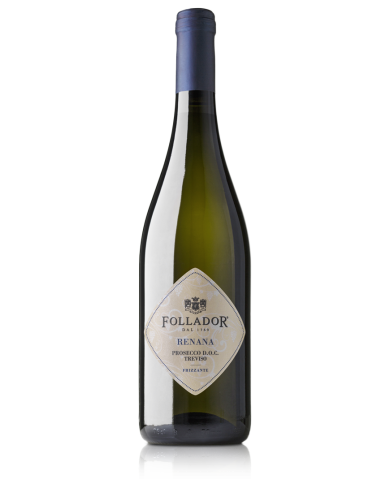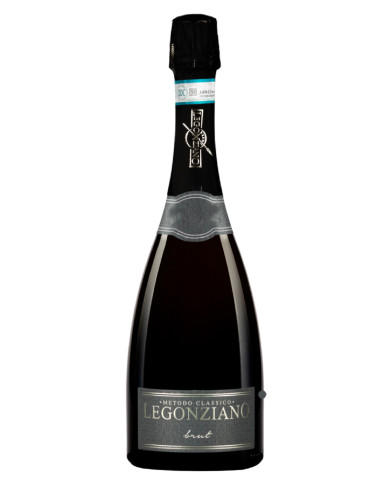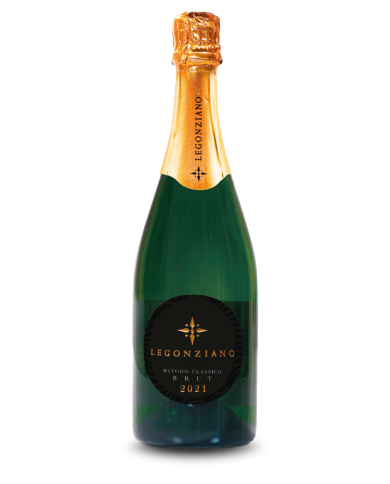Spumante Col de Mez Ros├® is produced with bunches of Pinot Noir and Raboso from the Quartier del Piave area. The grapes are harvested at mid-ripening to preserve the acid component. The harvest usually takes place at the end of August for Pinot Noir and in October for Raboso. After being harvested, the bunches arrive in the cellar where they undergo a short maceration with selected yeasts to preserve the typicality of the product as much as possible. Finally, the sparkling process takes place using the Charmat Method in an autoclave.
For our Pinot Nero Levigato IGT Marca Trevigiana, the grapes from the vineyards in the municipalities of Arcade, Spresiano, Ponzano Veneto, Povegliano and Villorba are used. The soils, which are of medium texture, enjoy a cool and windy climate, ideal for preserving the fragrance and acidity of the product. The harvest generally takes place in the second half of September. After harvesting, the grapes reach the cellar where fermentation on the skins begins, which lasts about twenty days in steel vats. Immediately after racking, the product ages in barrique and tonneau for about 12 months. Subsequently it is decanted into oak barrels with a capacity of 30 hectoliters where it continues aging for a few months. Pinot Noir is a pretty bizarre grape and it certainly is among the most difficult to cultivate and make wine. Historically it was born in the French region of Burgundy, where they have been cultivating it for over 2,000 years.
The Chardonnay Marca Trevigiana IGT is produced with grapes from vineyards in the province of Treviso, characterized by medium-textured soils and a cool, windy climate, ideal for preserving the product's fragrance and acidity. The harvest takes place at the end of August and the bunches are harvested when fully ripe to develop the aromatic component to the maximum. When the bunches reach the cellar, they are softly pressed and the must thus obtained is fermented for a long period at a controlled temperature using selected yeasts to preserve the typicality of the product as much as possible. The vintage product is bottled starting in December and after a short maturation in the bottle it is ready for consumption. Chardonnay is one of the largest white grape varieties in the world. Born in Burgundy, it has now spread all over the globe. In fact, it has an incredible variety of aromatic components, which emerge in different ways depending on the soils and climates where it is grown. In particular, in our areas, it is expressed through notes of peach, pineapple and citrus, followed by floral and mineral notes.
To produce this wine, grapes from vineyards located in the province of Treviso are used. Sauvignon, a semi-aromatic vine well known and appreciated all over the world. Once harvested, the grapes are taken to the cellar where they are pressed and the must obtained is fermented in large stainless steel containers. During the vinification, the technicians pay close attention in order to preserve the typical primary aromas of the grapes and obtain a fine wine. If you've never tasted it, this is the right time to do it. It will amaze you with its precious aromatic bouquet and full and harmonious taste.
The Glera grapes used for the production of this sparkling wine come from vineyards located in the plains, on the outskirts of Treviso. The bunches are generally harvested in September at medium ripeness in order to preserve the acid component, which is important in the production of Prosecco Spumante. After the harvest, the grapes are subjected to a light pressing and a slow fermentation in steel tanks. Finally, the refermentation in autoclave (sparkling) follows the Charmat method.
Wine with a pale straw yellow color and a lively perlage. The aromas are pleasantly fresh with fruity nuances of yellow fruit, peach and apricot. In the mouth it is sweet, harmonious with a pleasant freshness on the palate.
There are moments that represent something magical, that ignite joy. Moments where the heart and the palate open up to welcome sparkling sensations. With Gran Cuv├®e you feel the taste, you savor the aromas, the scents envelop you in a magical atmosphere, where everything flows together to create unique and unprecedented emotions. Wine with a pale straw yellow color and a lively perlage. The aromas are pleasantly fresh with fruity nuances of yellow fruit, peach and apricot. In the mouth it is clean with a pleasant gustatory harmony.
The sparkling process takes place according to the Charmat method in steel autoclaves according to the rules dictated by the production disciplinary. The result is a young and exciting extra dry wine suitable for all occasions. Brilliant straw yellow color with some greenish reflections. With a lively perlage, it has aromas of good intensity with hints of white flowers and fruity golden apples. Good intensity. The taste is fresh and on the palate it is elegant and soft, with a pleasantly sugary vein.
Prosecco, in the sparkling version, is a wine capable of teasing and satisfying even the most demanding palates. It has a brilliant straw yellow color with a fine and persistent perlage. The bouquet is complex with hints of rose, jasmine, wisteria and acacia flowers. The fruity notes are of banana apple and pineapple, with mineral nuances. Good freshness, particularly sapid and excellent persistence.
Brilliant straw yellow color with some greenish reflections. With a lively perlage, it has aromas of good intensity with hints of white flowers and fruity golden apples. Good intensity. The taste is fresh and on the palate it is elegant and soft, with a pleasantly sugary vein.
Brilliant straw yellow color with some greenish reflections. With a lively perlage, it has aromas of good intensity with hints of white flowers and fruity golden apples. Good intensity. The taste is fresh and on the palate it is elegant and soft, with a pleasantly sugary vein.
Brilliant straw yellow color with subtle greenish reflections, the nose is a symphony of aromas that tell of yellow apple and acacia flowers, chamomile and peanuts, with subtle jasmine tones. Fresh, very pleasant, balanced on the palate, it is enriched by the creamy grain of effervescence which makes it truly enchanting.
Excellent Prosecco Extra Dry from 85% Glera grapes and a blend of Chardonnay, Pinot Bianco and Pinot Grigio. Straw yellow with a fine and persistent perlage. Excellent persuasive aromas and beautiful and delicious bubbles on the palate. Excellent pairing with fresh and light dishes, but also with first courses or naturally as an aperitif.
Versatile wine, easy to pair with savory dishes, stuffed pasta, cured meats and medium-aged cheeses
Calvarino 5 is the first wine of the "Vini dell'Anima" collection. Born from a project by Leonildo Pieropan and his sons Dario and Andrea, it is a blend of five vintages of Calvarino (2008-2009-2010-2011-2012) aged for at least 10 years in concrete in the cellar. From Garganega and Trebbiano di Soave grapes, Calvarino 5 is the authentic expression of these vines, from volcanic soil. Savory and vertical, it opens into a range of aromatic herbs and flowers in the long run. Composed, elegant and persistent, with a dry taste, long on the finish. A Mediterranean wine in the soul and of great longevity. A unique and unrepeatable wine, produced in a limited edition.
PRODUCT IN LIMITED QUANTITY The Passito della Rocca wine was born as an experiment of the company to create a "sweet wine" different from the tradition of the area., Produced from 1988 to 2008
The La Rocca vineyard is located on the hill of Mount Rocchetta, close to the medieval Scaliger castle of Soave. La Rocca enjoys a particular microclimate, which makes it possible to obtain a wine with a unique and unreproducible bouquet and gustatory notes, typical of a pedigree wine. Innovative, since its debut in 1978, it has marked a deep groove in the territory, becoming an undisputed symbol of quality and tradition.
Colour: ruby red tending towards purplish. Aromas: intense and typically wild aroma, harmonious with notes of raspberry and wild blackberry. Taste: full, robust, slightly tannic taste with hints of wild berries.
Color: bright red. Aromas: intense, vinous, full and fragrant. Reminiscent of raspberries, cherries and strawberries accompanied by pleasant floral hints. Taste: light effervescence that accompanies the fruity notes together with an elegant sweetness. Full-bodied and with an excellent tannic balance.
Pairings: Blue cheeses, Fresh cheeses, Aged cheeses, Soups, Aperitifs
Colour: bright straw yellow with coppery reflections. Aromas: white fruit, especially pear and golden apple. Spicy finish. Taste: dry, decisive, full, harmonious and savory.
This wine is obtained from Sauvignon Blanc grapes with a light golden yellow colour, a delicate, aromatic, characteristic bouquet, a dry, velvety, full-bodied flavour.
It is an excellent wine, well structured, obtained from the selection of Cabernet Franc and Cabernet Sauvignon grapes.
Passito red wine IGT from the hills of Mantua Alto Mincio This great wine is obtained from various carefully selected grapes and left to dry on the vine for 40/50 days. Its great personality is captivating on the palate of the taster. Dark red colour, characteristic aroma of fruity, spicy, undergrowth and cherry.
Young red wine from varietal Cabernet Sauvignon grapes. Obtained from classic red vinification at a temperature of 25-28┬░C and followed by a maceration lasting about 12 days which allows to obtain this beautiful bright red. The intense bouquet is full of aromas, mainly of undergrowth fruits such as raspberry, blackberry, fern and morello cherry. Very balanced and fresh on the palate, it goes very well with red meats and aged cheeses.
The grapes of this magnificent Cabernet Sauvignon come from vineyards located on Montello, an area suited to important red wines thanks to the composition of the typical red earth of this area. The bunches are harvested by hand and subjected to drying for about 20 days. We proceed to the classic red vinification and a maceration lasting about 15 days. An alcoholic fermentation follows to then carry out the refinement in French barriques for a period of 18 months and a further 12 months in the bottle. Bouquet full of scents such as blueberry, black cherry, blackberry and currant jam, vanilla, tobacco, cocoa, coffee. Slightly spicy with a balsamic final note. Perfect with red meats, game, blue and aged cheeses, excellent with dark chocolate.
Splendid red wine obtained from a classic red vinification followed by a maceration lasting about 12 days and subsequent alcoholic fermentation in wine vessels. It is then aged in French and American barriques for a period of 18 months and finally a further 12 months in the bottle. From the perfect shade of intense purple red, the nose has marked aromas of tobacco, with hints of black pepper, vanilla and licorice. The good balance of tannins with a persistent finish of spicy notes make this wine a refined partner for red meats, game, blue and aged cheeses.
Valpolicella Superiore obtained from grapes from the hills located in the heart of the Valpolicella Classica. Produced with the ripasso technique, by means of which the wine undergoes a second light refermentation on the Amarone pomace and then aged in Slavonian oak barrels for 12 months. The result is a full-bodied wine with an intense color. Refined bouquet of long intensity, soft and velvety with a predominance of cherry which dominates the pleasant hints of cocoa, tobacco and vanilla. It goes perfectly with game, grilled meat as well as very mature cheeses.
Ideal wine for those who like the typicality of Prosecco, but without bubbles. Straw yellow in color with greenish reflections, it is distinguished by the characteristic bouquet of green apple, acacia flowers and wisteria. Excellent combination of fullness and flavor. Excellent throughout the meal based on light dishes, fresh and medium-aged cheeses.
The grapes are subjected to the cryomaceration process so that the product retains greater freshness and finesse. Straw yellow in color with greenish reflections, it is distinguished by the characteristic bouquet of green apple, acacia flowers and wisteria. Excellent combination of fullness and flavor. Excellent throughout the meal based on light dishes, fresh and medium-aged cheeses.
The varietal grapes of this Chardonnay come from our own vineyards located on the Montello. The intense bouquet of ripe fruit with spicy notes of thyme and hay with hints of apple and apricot, the full-bodied and harmonious flavor make this wine ideal for first and second courses in general, especially with white meats and fish as well as with cheeses medium/long seasoning.
Wine from Glera grapes and obtained with spontaneous refermentation in the bottle. Visually, it has a typical light haze; with a fragrant bouquet of crusty bread; floral. The taste is dry; dry and inviting. Rustic wine according to centuries-old traditions and suitable for cold dishes based on fine sausages; medium and long-aged cheeses; and again with fish and shellfish.
From Trebbiano di Lugana grapes produced in the area located in the southernmost stretch of Lake Garda. Straw yellow color with greenish reflections. Medium-bodied, but fresh with a delicately fruity and soft bouquet. Ideal with fish-based dishes, rice, first courses, and hors d'oeuvres in general.
Sweet wine obtained from white grapes from the Veneto region, with an ocher yellow colour, rich bouquet of candied fruit, apricot, raisins, vanilla and orange blossom. On the palate it is sweet and persuasive and is well balanced with the varietal freshness that gives elegance and longevity. Excellent with dry pastries, blue and medium/long-aged cheeses combined with jams and honey.
Discover the secrets of Veneto wines: Italian excellence
The wines of the Veneto are known all over the world for their excellence. High quality wines, which offer a unique experience to their drinkers, are produced from vineyards located in the green hills of the Veneto region. If you are looking to discover the secrets of Veneto wines, then you have come to the right place. In this article, we will explore some of the secrets of Veneto wines and how they can be a unique and unforgettable experience.
The types of wine of the Veneto
The wines of the Veneto are known for their versatility. There are several types of wine that can be produced, including white, red, ros├® and sweet wines. The white wines of the Veneto are known for their freshness and fragrance. The red wines of the Veneto region are full of aromas of fruit and spices. Ros├® wines from Veneto are soft and fruity. The sweet wines of the Veneto are particularly appreciated for their intense and rich taste.
The vines of the Veneto
The vines of the Veneto are among the most appreciated in the world. There are several grape varieties that are grown in the hills of the Veneto region, including Garganega, Corvina, Merlot, Cabernet Franc, Trebbiano di Soave and Pinot Grigio. Each grape variety is characterized by a unique taste and provides a unique tasting experience.
The DOCs of the Veneto
The wines of the Veneto are classified according to their quality and their production area. There are two categories of wine, DOC and DOCG. DOC wines are produced from a specific geographical area and must meet certain quality criteria. DOCG wines are produced from a specific geographical area and must meet even more stringent quality criteria.
The best wines of the Veneto
Veneto wines are known for their exceptional quality. Many of Veneto's wines are considered among the best in the world. Some of the most renowned wines come from the Veneto region, including Soave, Valpolicella, Amarone, Bardolino and Prosecco. These wines are appreciated all over the world for their quality and uniqueness.
How to best enjoy the wines of the Veneto region?
The wines of the Veneto can best be enjoyed in a suitable context. The wines of the Veneto are ideal to accompany typical dishes of the Veneto, such as pasta, rice, meat and cheese. They are also ideal to drink as an aperitif before a meal or as an accompaniment to a dessert. They can also be enjoyed on their own as a meditation wine.
Denomination Wines of the Veneto
Veneto is one of the most renowned Italian regions for the production of wine, with a vast range of native vines and denominations of origin that testify to its richness and variety. In this article, we will discover the enological treasures of the Veneto, exploring the grape varieties, classifications, the most representative red and white wines, production methods, food pairings and much more.
The Veneto region
History
Viticulture in the Veneto has very ancient origins, dating back to Roman times. Over the centuries, the cultivation of vines has developed and consolidated, resulting in wines of great prestige and international recognition.
Geography
Veneto is located in the north-east of Italy and extends from the Dolomites to the Venice lagoon. The region has a remarkable diversity of landscapes and terroirs, which is reflected in the variety of wines produced.
Climate
The climate of the Veneto is characterized by cold, rainy winters and hot, humid summers, with considerable temperature variations between day and night. These climatic conditions favor the ripening of the grapes and the expression of complex aromas and flavours.
Native vines
Garganega
Garganega is the most widespread white grape variety in the Veneto region, mainly used for the production of Soave. The wines obtained from the Garganega are fresh, elegant and aromatic, with notes of white flowers and white pulp fruit.
Raven
Corvina is a typical red grape of the Veneto region, used above all in the production of Amarone della Valpolicella and Valpolicella Ripasso. The wines produced with Corvina are characterized by a good structure, soft tannins and fruity and spicy notes.
Raboso
Raboso is another native red grape variety from the Veneto region, known for its acidity andtannins. The wines obtained from Raboso are intense, persistent and long-lived, ideal for ageing.
Wine classifications
DOCG
Veneto has numerous wines classified as DOCG (Denomination of Controlled and Guaranteed Origin), including Amarone della Valpolicella, Recioto di Soave and Prosecco Superiore di Conegliano-Valdobbiadene.
DOC
The region also boasts several DOC denominations (Controlled Designation of Origin), such as Bardolino, Valpolicella, Soave and Lugana, which attest to the quality and typicality of the wines produced.
IGT extension
Finally, wines that do not fall under the DOC and DOCG denominations can be classified as IGT (Indicazione Geografica Tipica) Veneto, a more flexible category that allows the use of a wider range of grape varieties and production methods.
Red wines from Veneto
Amarone della Valpolicella
Amarone della Valpolicella is a full-bodied and structured red wine, produced with dried and fermented grapes to obtain a high concentration of sugars and alcohol. It has notes of dried fruit, spices and chocolate, with a long and persistent finish.
Bardolino
Bardolino is a light and fruity red wine, mainly produced with Corvina and Rondinella grapes. It is characterized by its freshness and drinkability, with notes of cherry and red fruits.
Valpolicella Ripasso
Valpolicella Ripasso is a red wine obtained through a "ripasso" process, i.e. the fermentation of Valpolicella on Amarone pomace. The result is a more full-bodied and complex wine, with notes of ripe fruit, spices and tobacco.
White wines of the Veneto
Sweet
Soave is a dry and mineral white wine, mainly produced with Garganega grapes. It has floral, white-fleshed fruit and almond notes, with a fresh and savory finish.
Prosecco
Prosecco is a sparkling white wine, produced with Glera grapes and fermented according to the Charmat method. It is characterized by a creamy froth, notes of flowers and fresh fruit and a soft and pleasant finish.
Lugano
Lugana is a white wine produced with Turbiana grapes, grown in the area between Veneto and Lombardy. It is an elegant and refined wine, with notes of white flowers, fruit and minerals.
Production method
Withering
Appassimento is a drying process of the grapes, used in the production of Amarone della Valpolicella and Recioto di Soave. The dried grapes concentrate the sugars and aromas, giving the wines a unique and distinctive character.
Charmat method
The Charmat method is used for the production of Prosecco and involves a second fermentation in an autoclave, which gives the wine its characteristic effervescence.
Classic method
The classic method, used for some Veneto sparkling wines such as Prosecco Superiore di Conegliano-Valdobbiadene, involves a second fermentation in the bottle and a period of aging on the lees, which gives the wine greater complexity and finesse.
Food pairings
The wines of Veneto go perfectly with the local cuisine, rich in flavors and traditions. Red wines, such as Amarone and Valpolicella Ripasso, go well with meat and game dishes, while white wines, such as Soave and Lugana, go well with fish and vegetable dishes.
Visits to cellars
If you are interested in discovering the wines and producers of the Veneto in person, you can organize guided tours of the cellars and tastings directly at the vineyards. This is an excellent opportunity to appreciate the beauty of the area and get to know the people who, with passion and dedication, carry on the winemaking tradition of the region.
Veneto is a land of unique and fascinating wines, the result of a long tradition and an extraordinary territory. From the discovery of native vines to visits to cellars, immerse yourself in the culture and flavors of this fascinating Italian region and let yourself be conquered by its wines.
What are the most famous Denomination Wines of the Veneto Wines?
Veneto is one of the most important wine regions of Italy, with a large variety of high quality wines. Among the most famous wine denominations of the Veneto region there are:
-
Valpolicella DOC: is a specific designation for red wines produced in the Valpolicella area, north of Verona. These wines are mainly made with Corvina, Rondinella and Molinara grapes.
-
Amarone della Valpolicella DOCG: it is a specific denomination for the red wines of Valpolicella that have undergone a drying process of the grapes before fermentation. These wines are very rich and full-bodied, with a remarkable aromatic complexity.
-
Soave DOC: is a specific designation for white wines produced in the Soave area, east of Verona. These wines are mainly made with Garganega and Trebbiano di Soave grapes.
-
Prosecco DOC and DOCG: these are two specific denominations for sparkling wines produced in the Veneto and Friuli Venezia Giulia areas. Prosecco DOC is produced in the area of the province of Treviso, while Prosecco Superiore DOCG is produced in a more restricted area in the province of Treviso and Belluno.
-
Bardolino DOC: is a specific designation for red and ros├® wines produced in the Bardolino area, on the shores of Lake Garda. These wines are mainly made with Corvina, Rondinella and Molinara grapes.
These are just a few examples of the wine denominations of the Veneto, but the region has many other high quality and internationally recognized wine productions.
What are the most important native vines of the Veneto region?
Garganega, Corvina and Raboso are the most representative native vines of the region.
What is the difference between DOCG, DOC and IGT?
The DOCG guarantees the origin and quality of the wines produced in a specific geographical area, the DOC indicates a wider geographical origin and greater flexibility in the choice of grape varieties and production methods, while the IGT allows for an even wider range of vines and production methods.
What are some of the best known red and white wines of the Veneto region?
Among the red wines, Amarone della Valpolicella, Bardolino and Valpolicella Ripasso are highly appreciated. As for white wines, Soave, Prosecco and Lugana are among the best known.
What production methods are used in the Veneto region?
Different production methods are used in the Veneto region, including appassimento, the Charmat method and the Classic method.
Is it possible to visit the cellars and taste the wines of the Veneto region?
Yes, many wineries offer guided tours and tastings directly at the vineyards. It is advisable to contact the cellars to organize a visit and enjoy an unforgettable experience in the heart of the Veneto region.

